Fauvism was an art movement from the 20th century which provided interesting developments in the use of color, brushwork and abstraction. It was founded by a small group of French artists which included Henri Matisse, André Derain, Georges Braque and Maurice de Vlaminck.
- Beginnings of Fauvism
- Defining Characteristics and Ideas
- Figurehead Artists
- Important Artworks
- Top Quotes
- Want to Learn More?
- Thanks for Reading!

Beginnings of Fauvism
Fauvism was inspired by the teachings of Gustave Moreau, who was a Symbolist artist and a professor at the École des Beaux-Arts in Paris. He taught his students about the expressive powers of color. One of his students was Matisse, who would later pioneer Fauvism along with Derain and Vlaminck.
Matisse once said about Moreau’s teachings…
“He did not set us on the right roads, but off the roads. He disturbed our complacency.”
The Fauves had their first exhibition at Salon d’Automne in Paris in 1905. Their brightly colored and brash paintings contrasted against the Renaissance sculpture that was exhibited alongside. Art critic described the Fauvist works surrounded by the sculpture as “Donatello chez les fauves”, meaning “Donatello among wild beasts”. Although meant as an insult, the term “Fauve” (wild beast) was embraced as the name for the new movement, Fauvism.
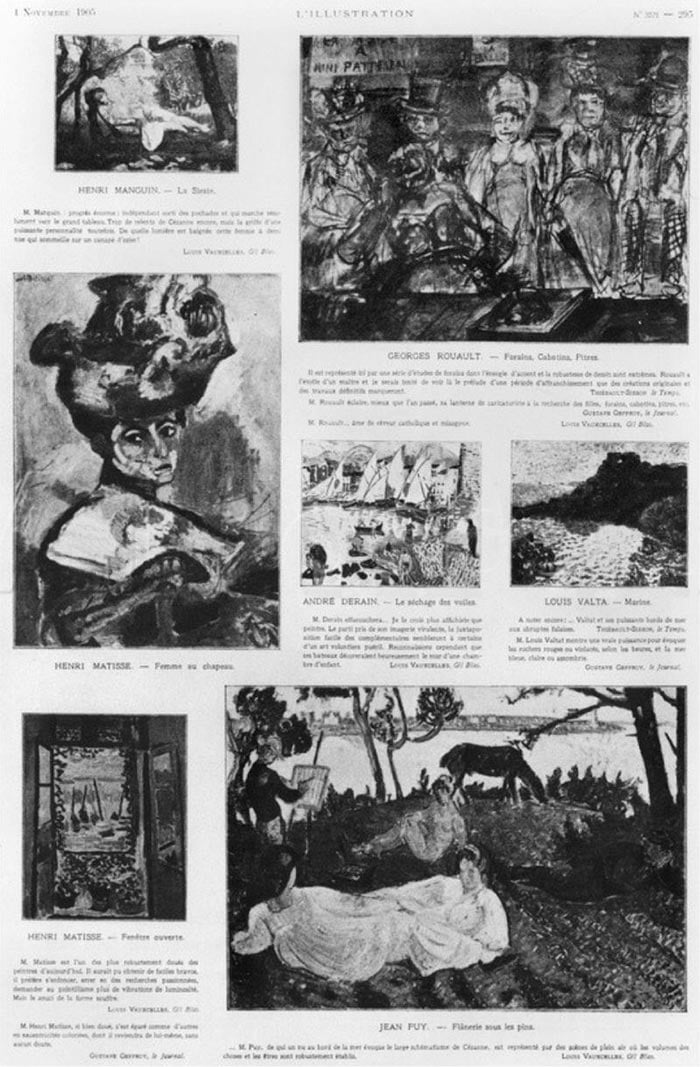
The movement was short-lived, only lasting between 1905 to 1910. But it had a significant impact on the art movements which followed, particular in relation to the use of abstraction and color.
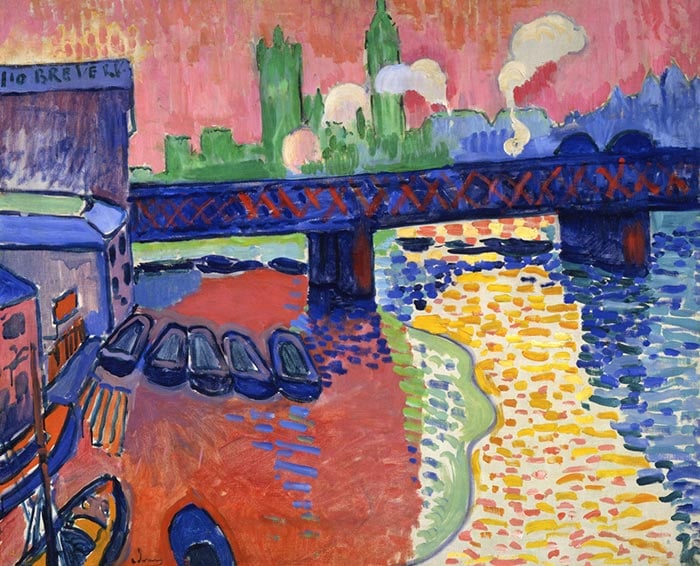
Defining Characteristics and Ideas
- Focus on individual expression. Instead of painting the world how it really is, the Fauves painted the world as they experienced it. This often came in the form of vivid colors, awkward perspective and distorted forms. In the landscape painting below, little attention is paid to capturing the true colors and forms. Vlaminck painted how he saw and more importantly, experianced the landscape.
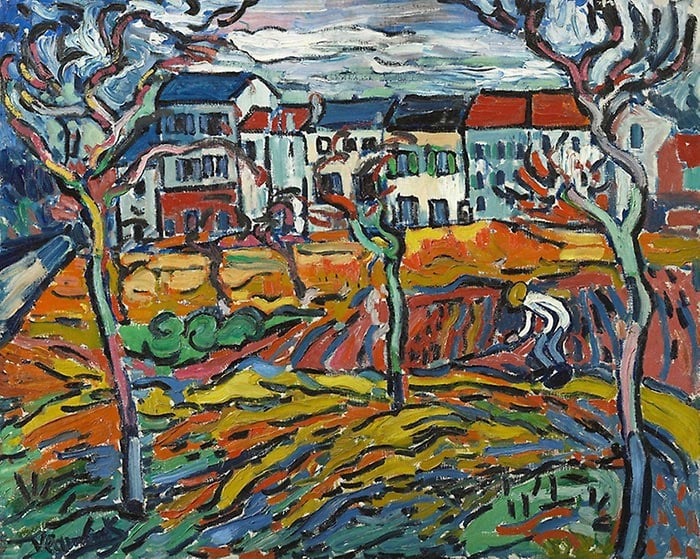
- Use of color as a form of expression. Inspired by the works of Paul Gauguin and Vincent van Gogh, the Fauves used color more so as a form of their own personal expression, rather than as a rendering tool. They rarely painted true colors. For example, in Matisse’s painting below, notice the pink and red hues used to depict the mountains and the ground.
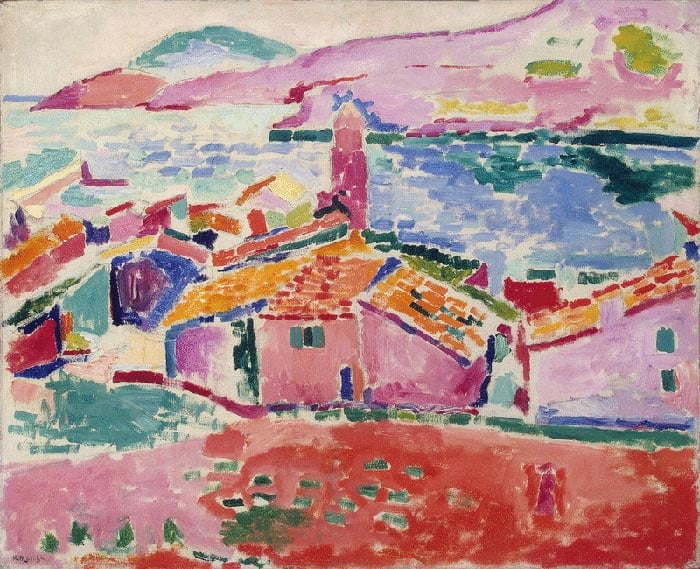
“When I put down a green, it doesn’t mean grass; and when I put down a blue, it doesn’t mean the sky.” Henri Matisse
- Abstraction and simplified forms. The Fauves were among the first artists to place a strong focus on abstraction and simplified forms. They seemed to have no interest in carefully entering depth and form on the canvas like the artists who came before them. Their developments in abstraction and simplification paved the way for subsequent movements like Cubism and Expressionism. Derain’s painting below is a great example of this. The landscape is painted with nothing but simple color shapes and lines.
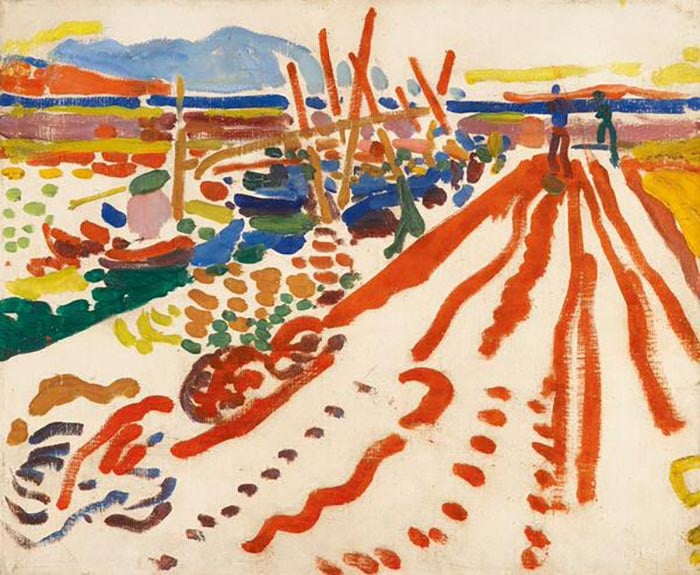
- Vivid colors and energetic brushstrokes. The Fauves often used vivid, unrealistic colors applied thickly to the canvas, sometimes straight from a tub or tube.
Figurehead Artists
- Henri Matisse
- Maurice de Vlaminck
- André Derain
- Kees van Dongen
- Georges Braque
- Raoul Dufy
Important Artworks
Henri Matisse, Woman with a Hat, 1905
When I think of Fauvism, I think of this painting by Matisse which features his wife, Amelie. The colors are unnatural, the strokes are bold and the forms have been simplified. The painting was unveiled at the first Salon in 1905. One critic said of the painting, “a pot of paint has been flung in the public’s face”. Yet despite the harsh criticism the painting received, it was quickly purchased by collectors.
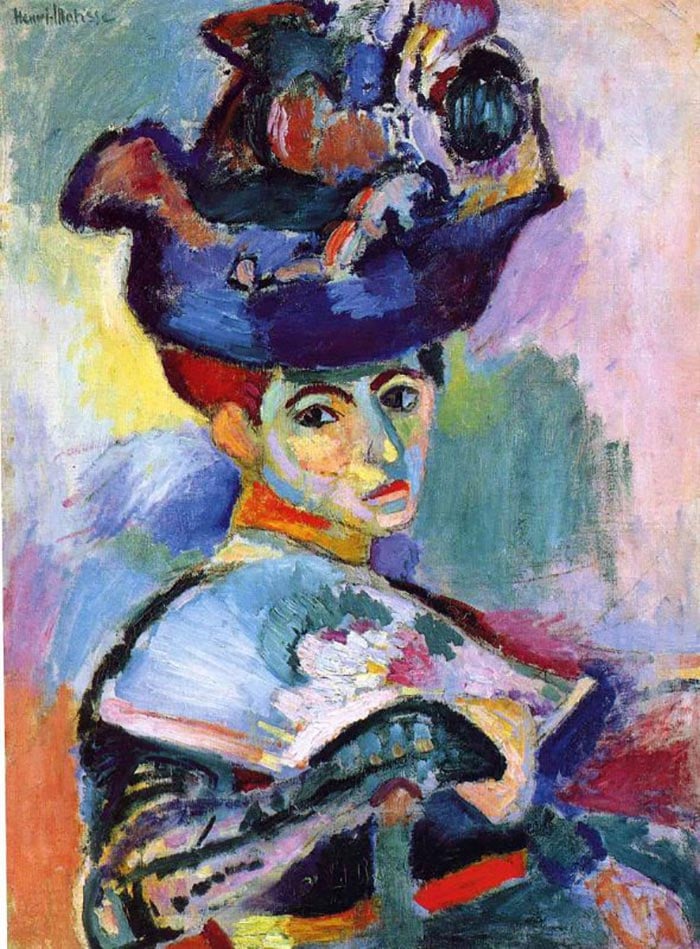
Henri Matisse, Le Bonheur de Vivre, 1905-06
Matisse’s “Le Bonheur de Vivre (The Joy of Life)” is characterized by unnatural colors and simplified forms. It was inspired by Paul Cézanne’s ‘Bathers’ which also depicted nude figures in a landscape. The sense of depth and the interplay of light and shadow have been replaced with flat surfaces and bold pairings of complementary colors.
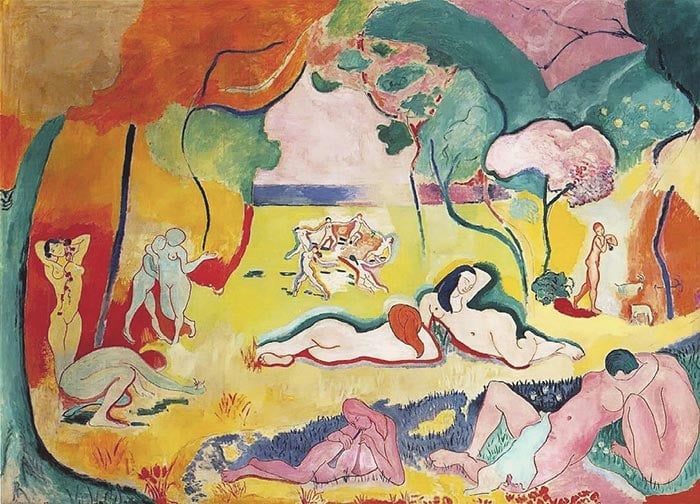
Henri Matisse, Luxe, Calme et Volupte, 1904
This artwork reflects the influence of Pointillism, which is characterized by the use of tiny dots of color to take advantage of optical color mixing. However, the Pointillists were still interested in painting form and depth, whereas the Fauves used similar techniques to distort the forms.
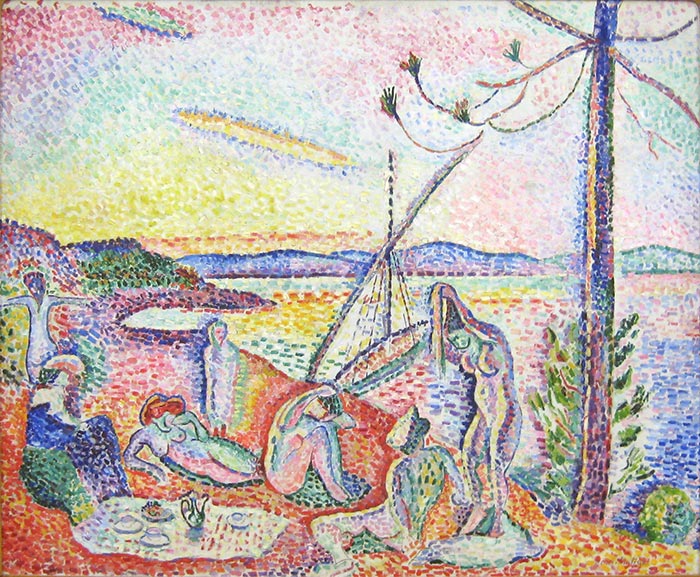
Maurice de Vlaminick, The River Seine at Chatou, 1906
In the painting below, Vlaminck used short strokes of impasto color, possibly added directly from a tub or tube to the canvas. He painted the water using a broken color technique which you can see in many of the Impressionist paintings.
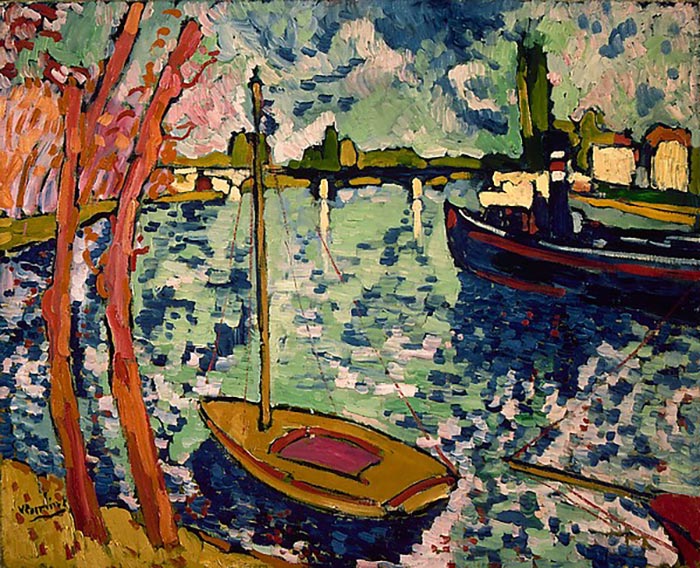
Top Quotes
“The aim of painting is not to reflect history, because this can be found in books. We have a higher conception. Through it, the artist expresses his inner vision.” Henri Matisse
“For us Fauvism was like an ordeal by fire…our paints became sticks of dynamite. They were supposed to explode with light.” André Derain
“We were always intoxicated with color, with words that speak of color, and with the sun that makes colors live.” André Derain
“When I put down a green, it doesn’t mean grass; and when I put down a blue, it doesn’t mean the sky.” Henri Matisse
Want to Learn More?
You might be interested in my Painting Academy course. I’ll walk you through the time-tested fundamentals of painting. It’s perfect for absolute beginner to intermediate painters.
Thanks for Reading!
I appreciate you taking the time to read this post and I hope you found it helpful. Feel free to share it with friends.
Happy painting!
Dan Scott

Draw Paint Academy

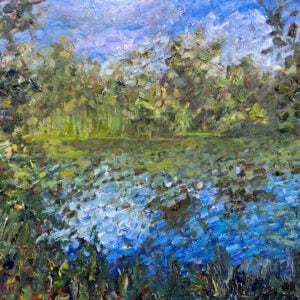
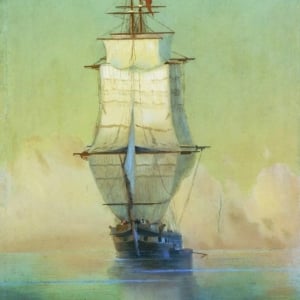
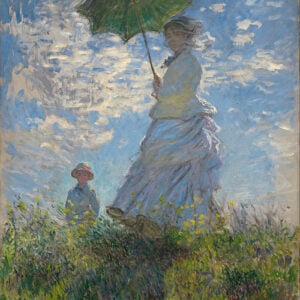
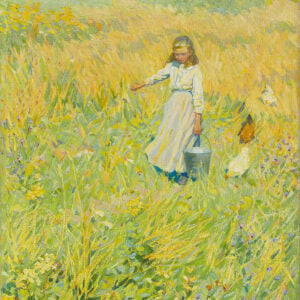
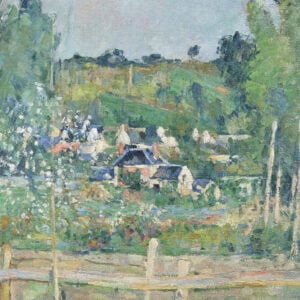
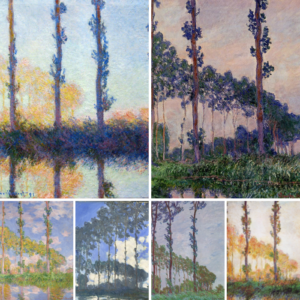
They all seem to show perspective. How did they manage this if colour was straight from the tube?
Hi Margo. They did still do some color mixing I assume. The perspective seems to come from a change in value and the colors used. Thanks! Dan
Thank you Dan for these very interesting posts – I always learn from them.
Thanks Joan! Dan